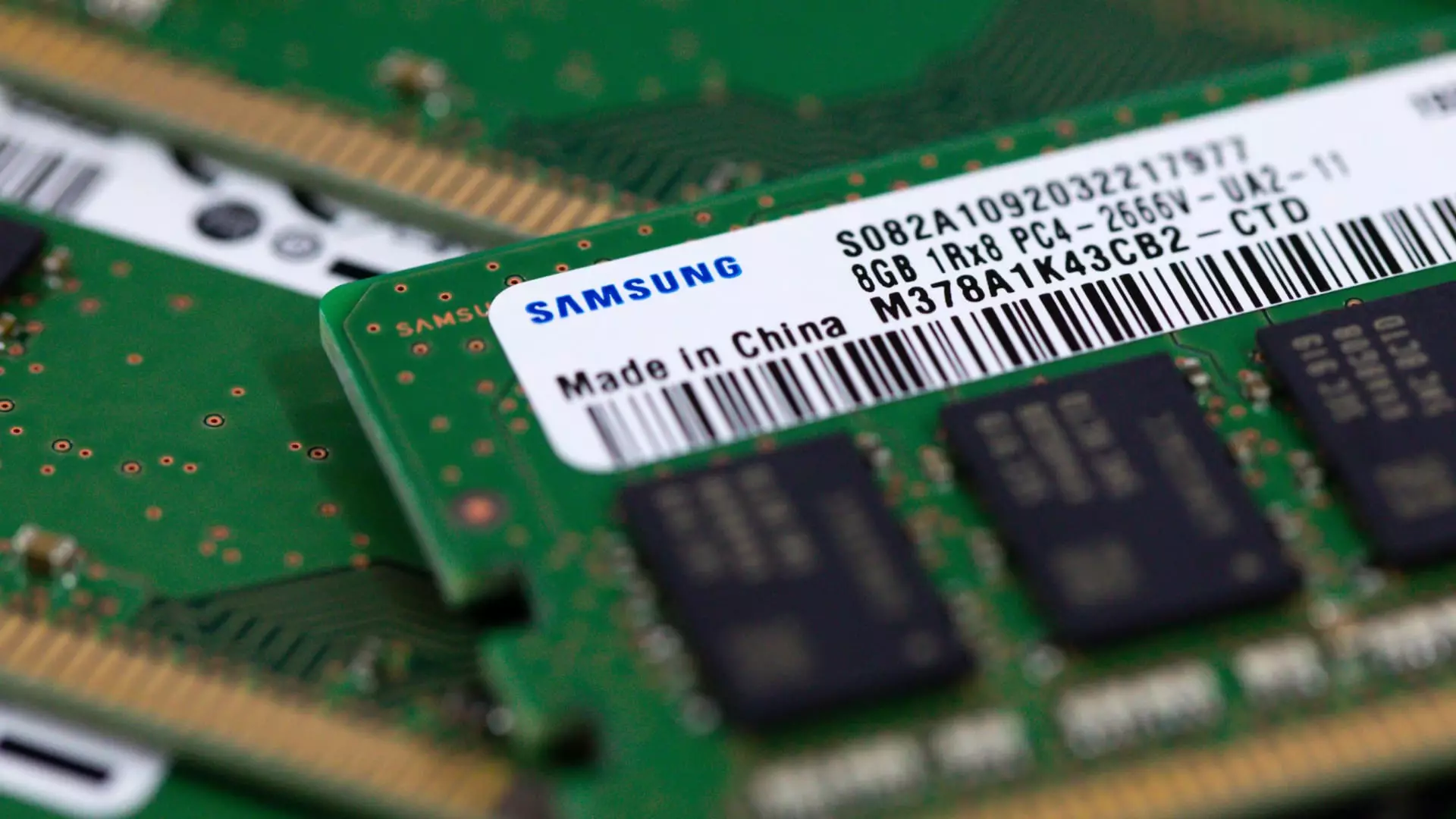The tech and chip-related stocks in Asia took a hit on Thursday following the announcement of Nvidia’s second-quarter results. Companies with direct links to the U.S. tech giant, such as South Korean chipmakers SK Hynix and Samsung Electronics, experienced significant losses. SK Hynix, known for manufacturing high bandwidth memory chips used in AI applications for Nvidia, saw its shares slump by as much as 6.74%. Similarly, Samsung Electronics, the most heavily weighted stock on South Korea’s benchmark stock index, Kospi, fell by up to 3.8%.
Taiwan Semiconductor Manufacturing Company and Hon Hai Precision Industry, which are direct suppliers to Nvidia, also saw declines of up to 2.8% and 2.96%, respectively. While the extent of Samsung’s supplier relationship with Nvidia is not entirely clear, there is speculation that the company may be manufacturing HBM chips for some Nvidia products. This uncertainty has contributed to the downward trend in these companies’ stock prices.
The impact of Nvidia’s results also extended to other tech stocks in the region, albeit to a lesser extent. Japanese semiconductor-related companies like Renesas, Advantest, and Tokyo Electron witnessed declines of up to 3.2%, 3.6%, and 3.49%, respectively. Furthermore, Chinese chipmakers listed in Hong Kong suffered losses, despite having minimal connections to Nvidia’s value chain. SMIC, a partially state-owned company, experienced a decrease of about 1.4%, while Hua Hong Semiconductor fell by 1.66%.
Although Nvidia exceeded quarterly revenue and earnings per share estimates, investors’ concerns about the company’s future growth potential triggered the sell-off. Luke Rahbari, CEO of Equity Armor Investments, noted that while the results were positive, there is skepticism about Nvidia’s ability to sustain its exceptional performance in the upcoming quarter. Rahbari remains optimistic about Nvidia’s dominant position in the industry but acknowledges the possibility of a slowdown in growth.
Nvidia’s gross margin dipped to 75.1% from 78.4% in the previous period, contributing to the market’s apprehensions about the company’s profitability. The annual gross margin forecast of “mid-70% range” was below analysts’ expectations, further amplifying uncertainties among investors. Despite the decline in Nvidia shares, Mark Lushcini, chief investment strategist at Janney Montgomery Scott, dismissed the sell-off as a mere “rounding error,” emphasizing the overall growth trajectory of the company. He pointed out that Nvidia’s shares had surged by approximately 150% year to date, indicating strong performance despite recent setbacks.
The repercussions of Nvidia’s second-quarter results on tech and chip-related stocks in Asia underscore the interconnectedness of the global market. While the immediate impact was felt by companies closely associated with Nvidia, the broader tech sector also experienced tremors. Investors’ reactions to Nvidia’s performance reflect a mix of optimism and caution, highlighting the complex dynamics of the stock market and the challenges of forecasting future trends.

